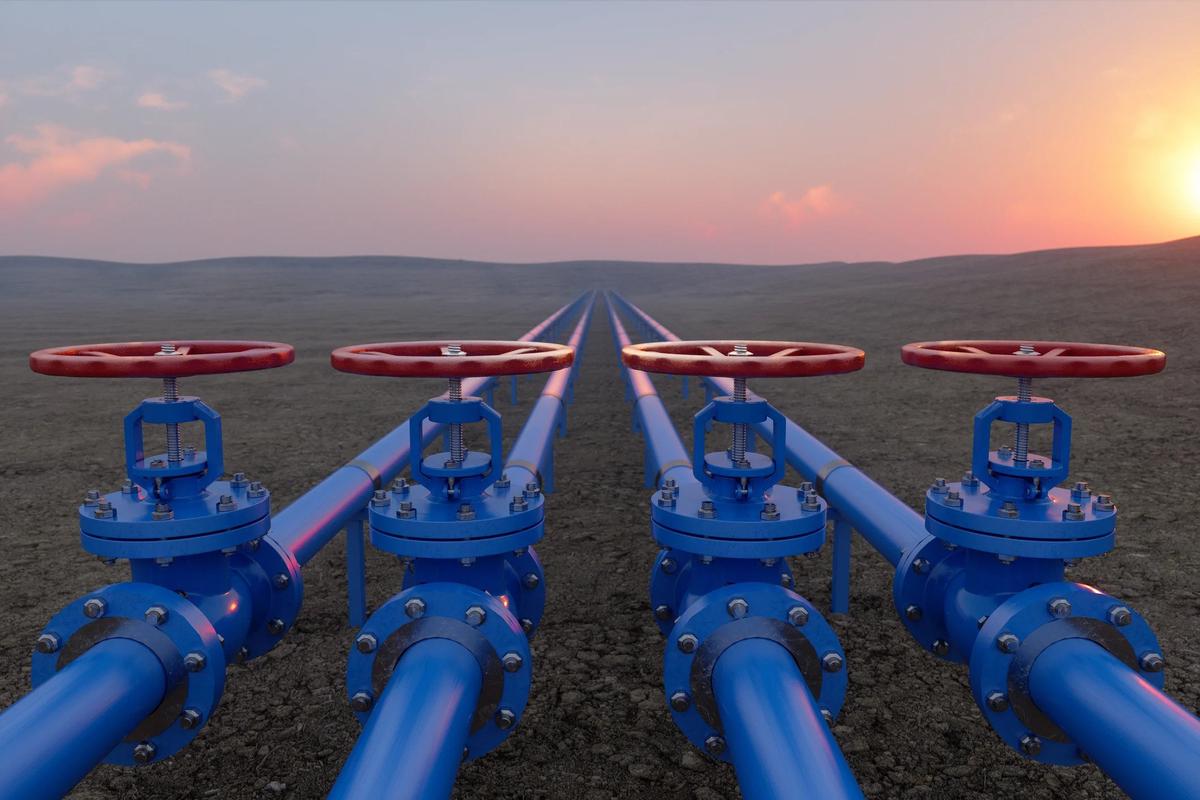Natural Gas in a Sustainable World
The case for methane as part of a transition to clean energy
 Image credit: The Motley Fool
Image credit: The Motley Fool
Make no mistake, natural gas is not “clean” energy
Methane combustion, like that of all hydrocarbons, releases carbon dioxide. When someone says that natural gas burns “clean”, what they really mean is that it burns completely, i.e. for every molecule of methane burned, we get one molecule of carbon dioxide. But that doesn’t mean it’s good for the environment. Carbon dioxide from methane combustion actually makes up a sizable chunk of the USA’s carbon dioxide (although it doesn’t come close to that from transportation). Moreover, methane leaks can actually pose a very serious problem: 1kg of CH4 has the same effect on global warming as a whopping 84kg of CO2! But that doesn’t automatically make it bad. Natural gas is among the best understood and most energy-dense fuels we have, and we’ve been working on ways to burn it as efficiently as possible since the late 1700s. With the world moving towards clean energy sources (wind, solar, hydro…) a big challenge for engineers and policymakers is how the excess capacity should be stored, and how demand can be met when production capacity is low (e.g. at night). This is a particularly popular talking point among political pundits and fossil fuel lobby groups who want to convince the public that solar energy is bad, despite it being the cheapest source of electricity available, and having enormous potential throughout most inhabited regions in the world. But they do raise a good point, albeit in bad faith. Variable energy sources, such as solar do have a significant challenge: energy storage. Up until now, this hasn’t been a massive issue because fossil fuels are just stored as they are and burned as they’re needed.
.](https://www.camfil.com/-/media/images/qbank/__web/about-camfil/sustainability/biogas-industryjpg.jpg?rev=1fb08a464ad84e728fd7aa97658bf750&h=641&iar=0&preset=webp&mw=1200&w=1200&hash=03B50ABB664A99AFDD6BF7EE4BCD186B)
Enter the Sabatier reaction. If you’ve read through my capstone project page then you’re already familiar with the Sabatier reaction
Well, the hydrogen required by the reaction has to come from somewhere, and if that somewhere is electrolysis (which can easily be integrated into a solar or wind farm) you are effectively storing clean energy as a fossil fuel. Contradictory, right? There’s a reason why this is desired and can even be better than just storing the hydrogen itself. Natural gas is ubiquitous and has been for the past 20-odd years. Most of the electricity produced in the United States, for example, actually comes from natural gas, not oil or coal as many people think (note: this is electricity, not total energy which includes transportation). The infrastructure is already in place to supply homes with natural gas for heating, store liquefied natural gas, and natural gas power plants are already being upgraded to more efficient furnace models. Pipelines are already in place to move liquefied natural gas to remote communities and across states and provinces. Historically, these have all been part of the fossil fuel industry that is largely responsible for the situation we’re in, but with the Sabatier process, they could be used to transport carbon-neutral energy from a high renewable-producing area (such as BC) to areas with next to no clean energy production (such as Alberta or Saskatchewan). The costs associated with this transition are just the cost of buying electrolyzers and building methanation reactors near industries producing CO2-rich streams (i.e. most of them). Far less than the costs of building multiple dams, or massive batteries.
Ultimately, it’s not a perfect solution. It still releases CO2 back into the atmosphere, and we definitely want to find carbon-negative solutions as we go forward. But for the immediate future? The Sabatier process and natural gas might be our best bet. High energy density, well-understood thermodynamics and physical properties, and a strong total cycle efficiency of over 80% make it an attractive investment that I hope to see gain traction in the next five years.